Home>Gardening & Outdoor>Landscaping Ideas>How To Care For Sod Grass
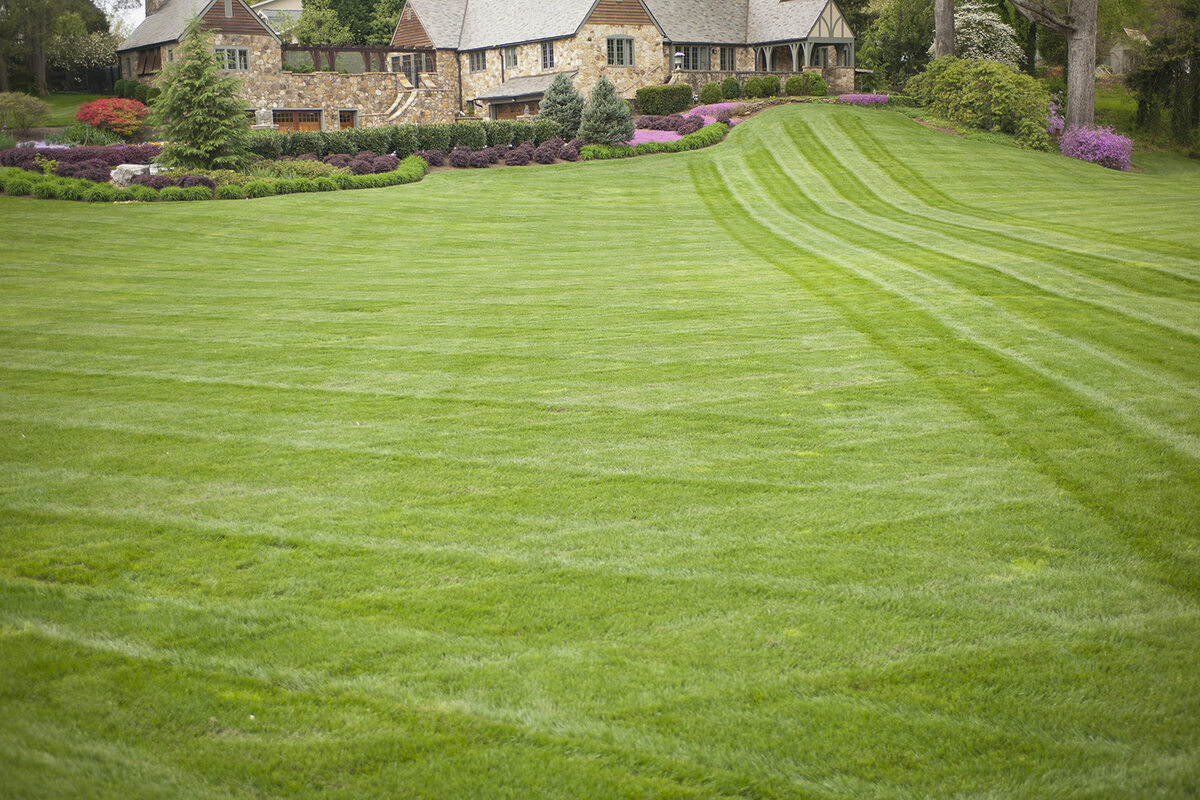

Landscaping Ideas
How To Care For Sod Grass
Modified: February 18, 2024
Learn the best landscaping ideas for caring for sod grass with our comprehensive guide. Discover tips and techniques to maintain a lush and healthy lawn.
(Many of the links in this article redirect to a specific reviewed product. Your purchase of these products through affiliate links helps to generate commission for Storables.com, at no extra cost. Learn more)
Introduction
So, you've decided to transform your yard with lush, green sod grass. Congratulations! Sod, also known as turf grass, offers a quick and effective way to establish a beautiful lawn. Whether you're a seasoned gardener or a novice enthusiast, caring for sod grass requires a blend of patience, knowledge, and dedication. In this comprehensive guide, we'll delve into the essential steps for nurturing your sod and ensuring its long-term health and vibrancy.
Caring for sod grass is a rewarding endeavor that begins with selecting the right type of sod for your specific climate and soil conditions. From there, you'll need to prepare the soil, install the sod, and follow a regimen of watering, fertilizing, mowing, and maintenance. By understanding the nuances of each step and implementing best practices, you can cultivate a stunning lawn that serves as a source of pride and enjoyment for years to come.
As we embark on this journey of sod care, keep in mind that the effort you invest in nurturing your sod grass will be reflected in the beauty and resilience of your lawn. So, let's roll up our sleeves and explore the art and science of caring for sod grass, uncovering the secrets to a thriving, verdant lawn that beckons bare feet and outdoor gatherings.
Key Takeaways:
- Choosing the right sod for your lawn is crucial. Consider your local climate, sunlight exposure, and soil type to ensure your sod thrives and creates a beautiful, resilient lawn.
- Proper care, including soil preparation, watering, fertilizing, mowing, and weed control, is essential for nurturing sod grass. By following best practices, you can create a vibrant, lush lawn that enhances your outdoor space.
Read more: How To Maintain Sod Grass
Selecting the Right Sod
Choosing the appropriate sod for your lawn is a pivotal decision that significantly influences the success of your landscaping endeavor. Before making a selection, it’s essential to consider your local climate, the amount of sunlight your lawn receives, and the specific soil conditions in your area. Different sod varieties thrive under distinct circumstances, so conducting thorough research or seeking advice from local experts can help you make an informed choice.
One of the primary considerations when selecting sod is the climate in your region. Certain grass species are better suited to cooler temperatures, while others are more resilient in warmer, tropical climates. For instance, cool-season grasses like Kentucky bluegrass and fescue are well-adapted to northern regions, where they can withstand frost and thrive in moderate temperatures. Conversely, warm-season grasses such as Bermuda grass and Zoysia grass flourish in southern climates, where they exhibit superior heat tolerance and resilience to prolonged sunlight.
Another crucial factor in choosing the right sod is the level of sunlight your lawn receives. Some grass varieties, like St. Augustine grass, demand ample sunlight to flourish, making them ideal for yards with minimal shade. In contrast, fine fescue and certain types of ryegrass are more shade-tolerant and can thrive in areas with limited exposure to sunlight. By assessing the sunlight patterns in your yard, you can select sod that aligns with its unique lighting conditions, ensuring optimal growth and vitality.
Soil composition also plays a pivotal role in determining the most suitable sod for your lawn. Certain grass species, such as Bahia grass and Centipede grass, thrive in acidic soils, while others, like Buffalo grass and Kentucky bluegrass, prefer neutral to slightly alkaline soil. Understanding the pH levels and drainage properties of your soil can guide you in choosing sod that will adapt well to these specific conditions, promoting robust root development and overall health.
Ultimately, the key to selecting the right sod lies in identifying a variety that harmonizes with your local climate, sunlight exposure, and soil composition. By aligning your choice with these crucial factors, you can set the stage for a thriving, resilient lawn that enhances the beauty and functionality of your outdoor space.
Preparing the Soil
Before laying down your sod, it’s essential to prepare the soil to create an optimal environment for the grass to take root and flourish. Soil preparation is a critical step that sets the stage for the long-term health and vibrancy of your lawn. By following best practices for soil preparation, you can ensure that your sod establishes strong roots and exhibits robust growth, ultimately yielding a lush and resilient lawn.
The first step in soil preparation involves removing any existing vegetation, such as weeds or old grass, from the area where the sod will be installed. This can be done using a sod cutter or by manually digging out the unwanted growth. Clearing the area of debris and ensuring a smooth, even surface sets the foundation for successful sod installation.
Once the area is cleared, it’s time to assess the soil’s composition and make any necessary amendments. Conducting a soil test can provide valuable insights into the pH levels, nutrient content, and texture of the soil. Based on the results of the soil test, you may need to adjust the pH with lime or sulfur to create an optimal growing environment for the sod. Additionally, incorporating organic matter, such as compost or peat moss, can enhance the soil structure and fertility, promoting healthy root development and moisture retention.
After addressing any soil imbalances, it’s important to till the soil to a depth of 4 to 6 inches to loosen compacted areas and create a receptive bed for the sod. Tilling also facilitates the incorporation of organic amendments, ensuring that the soil is enriched with essential nutrients and conducive to root penetration. Once tilled, the soil should be leveled and graded to eliminate any unevenness and promote proper water distribution across the lawn.
Finally, it’s advisable to compact the soil lightly using a lawn roller to create a firm, stable base for the sod. This helps prevent the formation of air pockets beneath the sod, facilitating strong root-to-soil contact and minimizing the risk of uneven settling. With the soil meticulously prepared, you’re now ready to embark on the next phase of the sod installation process, laying down the foundation for a vibrant and enduring lawn.
Sod Installation
With the soil meticulously prepared, it’s time to embark on the exciting phase of sod installation, where your vision for a lush, verdant lawn begins to take shape. Sod installation involves laying down pre-grown grass in a systematic manner to establish a uniform and thriving lawn. By following best practices for sod installation, you can ensure that the grass takes root effectively and flourishes, creating an inviting outdoor space for relaxation and recreation.
Prior to sod installation, it’s crucial to moisten the prepared soil to facilitate optimal root-to-soil contact and minimize stress on the sod. The sod should be installed immediately upon delivery to prevent it from drying out, as this can impede its ability to establish roots and thrive. Begin by laying the first row of sod along a straight edge, such as a driveway or sidewalk, ensuring that the pieces fit snugly together without overlapping. Subsequent rows should be staggered, much like the pattern of bricks, to create a cohesive and visually appealing lawn.
As you lay each piece of sod, gently press it into the soil to eliminate air pockets and promote direct contact between the roots and the prepared bed. This ensures that the sod remains firmly in place and can effectively draw moisture and nutrients from the soil, supporting robust growth. It’s essential to avoid stretching or pulling the sod during installation, as this can lead to uneven settling and hinder root establishment.
After the sod is installed, it’s advisable to roll the entire area with a lawn roller to further enhance root-to-soil contact and promote a level surface. Rolling also helps to eliminate any gaps between the sod pieces and facilitates uniform establishment across the entire lawn. Once the sod is installed and rolled, it should be thoroughly watered to provide essential moisture for root development and to alleviate any stress resulting from the installation process.
Following the initial watering, it’s important to monitor the sod closely and keep it consistently moist in the days following installation. This supports the establishment of strong, healthy roots and ensures that the sod adapts seamlessly to its new environment. By adhering to these guidelines for sod installation, you can lay the groundwork for a vibrant, resilient lawn that enhances the beauty and functionality of your outdoor space.
Watering
Proper watering is essential for the successful establishment and ongoing health of sod grass. Water is a fundamental element that supports root development, nutrient uptake, and overall resilience in the face of environmental stressors. By implementing a well-structured watering regimen, you can promote robust growth and ensure the long-term vitality of your sod lawn.
Immediately after sod installation, it’s crucial to provide generous watering to facilitate the initial root establishment. The sod should be thoroughly soaked, ensuring that the water penetrates the soil to a depth of 4 to 6 inches. This initial watering should be done promptly to prevent the sod from drying out and to alleviate any stress resulting from the installation process. It’s advisable to water the sod in the early morning or late afternoon to minimize water loss through evaporation and maximize absorption by the soil.
In the days following installation, the sod should be watered frequently to maintain consistent moisture levels in the soil. This is particularly important during the first two weeks, as the sod is acclimating to its new environment and establishing roots. Light, frequent watering sessions are recommended to prevent the soil from drying out, with the goal of keeping the sod consistently moist without becoming waterlogged.
As the sod begins to take root and exhibit signs of active growth, the watering frequency can be gradually reduced, transitioning to a deeper, less frequent watering schedule. This encourages the development of deep, resilient roots that can access moisture from lower soil levels, enhancing the overall drought tolerance of the lawn. It’s important to monitor the soil moisture regularly and adjust the watering schedule based on environmental conditions, such as rainfall and temperature fluctuations.
During periods of intense heat or drought, supplemental watering may be necessary to sustain the health and vigor of the sod. Pay close attention to signs of water stress, such as wilting or discoloration, and respond promptly with targeted irrigation to support the lawn’s resilience. Additionally, be mindful of local water restrictions and regulations, and strive to optimize water usage by employing efficient irrigation methods, such as drip systems or soaker hoses.
By prioritizing proper watering practices and tailoring the regimen to the evolving needs of the sod grass, you can foster a thriving, resilient lawn that enriches your outdoor environment and beckons barefoot strolls and leisurely gatherings.
Water your sod grass deeply and infrequently to encourage deep root growth. Avoid frequent shallow watering, as this can lead to shallow roots and a weaker lawn.
Read more: How To Plant Sod Grass
Fertilizing
Fertilizing plays a pivotal role in nurturing the health and vibrancy of sod grass, supplying essential nutrients that support vigorous growth and overall resilience. By implementing a strategic fertilization regimen, you can fortify the sod with the vital elements it needs to thrive, ensuring that your lawn remains lush, green, and resilient in the face of environmental stressors.
Before applying fertilizer, it’s advisable to conduct a soil test to assess the nutrient levels and pH balance of the soil. This can provide valuable insights into the specific fertilizer needs of your lawn, guiding you in selecting the most suitable products and application rates. Based on the results of the soil test, you can choose a fertilizer with the appropriate nitrogen, phosphorus, and potassium content to address any deficiencies and promote robust growth.
The timing of fertilizer application is a crucial consideration, as it directly impacts the lawn’s ability to absorb and utilize the nutrients. For newly installed sod, it’s recommended to wait 4 to 6 weeks before applying the first round of fertilizer. This allows the sod to establish strong roots and minimizes the risk of fertilizer burn, ensuring that the nutrients are effectively utilized for growth and development.
When applying fertilizer, it’s important to use a spreader to ensure even distribution across the entire lawn. This promotes uniform nutrient uptake and minimizes the risk of over-fertilization in certain areas. Following application, the lawn should be thoroughly watered to facilitate the dissolution of the fertilizer and promote its penetration into the soil, where it can be accessed by the roots.
Throughout the growing season, it’s beneficial to follow a regular fertilization schedule, typically applying fertilizer every 6 to 8 weeks. This provides the sod with a consistent supply of nutrients, supporting steady growth and vibrant coloration. However, it’s crucial to avoid excessive fertilization, as this can lead to nutrient imbalances, excessive top growth, and increased susceptibility to pests and diseases.
As an alternative to traditional synthetic fertilizers, organic fertilizers can offer a natural and sustainable approach to nourishing sod grass. Organic options, such as compost and manure-based fertilizers, provide a rich source of nutrients while enhancing soil structure and microbial activity. By incorporating organic fertilizers into your regimen, you can promote long-term soil health and foster a thriving, resilient lawn through environmentally conscious practices.
By prioritizing strategic fertilization and tailoring the approach to the specific needs of your sod grass, you can cultivate a vibrant, resilient lawn that serves as a testament to your dedication and horticultural expertise.
Mowing
Proper mowing practices are essential for maintaining the health, appearance, and resilience of sod grass. Regular mowing not only contributes to a neat and manicured lawn but also promotes vigorous growth and strengthens the sod’s root system. By adhering to best practices for mowing, you can ensure that your lawn remains lush, vibrant, and capable of withstanding environmental stressors.
When it comes to mowing sod, it’s important to adhere to the one-third rule, which recommends removing no more than one-third of the grass blade’s height in a single mowing session. This encourages healthy regrowth and prevents stress on the grass, ultimately leading to a denser, more resilient lawn. It’s advisable to set the mower blades at an appropriate height, typically around 2 to 3 inches for most sod varieties, to maintain an optimal balance between leaf surface area and root development.
Before mowing, it’s crucial to ensure that the mower blades are sharp and well-maintained. Dull blades can tear the grass rather than cleanly cutting it, leading to frayed edges and increased susceptibility to diseases and pests. Sharp blades produce clean, precise cuts that promote rapid healing and reduce the risk of stress on the grass, contributing to a healthier, more attractive lawn.
It’s beneficial to vary the mowing pattern with each session, as this prevents the grass from developing a grain and encourages upright growth. Alternating the mowing direction promotes a more even distribution of wear on the grass and minimizes the formation of ruts or compacted areas. Additionally, changing the mowing pattern contributes to a visually appealing lawn with a uniform, well-manicured appearance.
Clippings can serve as a valuable source of nutrients for the sod, returning essential organic matter to the soil and promoting healthy microbial activity. Leaving the clippings on the lawn, also known as grasscycling, can contribute to improved soil structure and moisture retention. However, if the grass becomes excessively long between mowing sessions, it’s advisable to collect and remove the clippings to prevent them from smothering the lawn and impeding healthy growth.
During periods of intense heat or drought, it’s advisable to raise the mowing height slightly to provide additional shade for the soil and reduce moisture loss. This helps protect the grass from stress and maintains a cooler, more favorable microclimate for root development. Adhering to proper mowing practices during challenging environmental conditions can support the resilience and long-term health of your sod lawn.
By prioritizing meticulous mowing techniques and tailoring the approach to the specific needs of your sod grass, you can cultivate a visually stunning, resilient lawn that serves as a testament to your commitment to exemplary lawn care.
Weed Control
Effective weed control is essential for preserving the health and visual appeal of sod grass, ensuring that it remains free from invasive plant species that can detract from its lush, vibrant appearance. Weeds not only compete with sod for essential nutrients, water, and sunlight but also compromise the uniformity and aesthetic appeal of the lawn. By implementing a comprehensive weed control strategy, you can safeguard the integrity of your sod lawn and promote its long-term resilience and beauty.
Preventive measures form the cornerstone of successful weed control, and one of the most effective strategies is to maintain a dense, healthy sod through proper watering, fertilization, and mowing. A robust, vigorously growing lawn is better equipped to outcompete and suppress weed growth, minimizing the establishment of invasive plants and preserving the overall health of the sod.
Regular inspection and prompt removal of emerging weeds are crucial for preventing their proliferation and minimizing their impact on the sod. Hand-weeding or spot-treating with an appropriate herbicide can help address isolated weed infestations before they spread and become more challenging to control. It’s important to remove weeds along with their roots to prevent regrowth and ensure that the sod retains its pristine appearance.
Applying a pre-emergent herbicide can provide effective weed control by preventing weed seeds from germinating and establishing in the lawn. This proactive approach disrupts the weed life cycle and minimizes the need for reactive weed management measures. By timing the application of pre-emergent herbicides according to the specific germination patterns of target weed species, you can fortify the sod against potential weed encroachment and maintain its immaculate appearance.
In cases where broadleaf weeds or persistent grassy weeds infiltrate the sod, targeted post-emergent herbicide applications can provide effective control while minimizing impact on the desirable grass. It’s crucial to select herbicides that are compatible with the sod grass species and to follow application guidelines meticulously to achieve optimal results. Additionally, integrating cultural practices, such as overseeding and aeration, can enhance the competitiveness of the sod and further suppress weed establishment.
Maintaining a thick, healthy sod through proper irrigation, fertilization, and mowing practices is essential for minimizing bare areas that are susceptible to weed invasion. By fostering a dense, resilient lawn, you can create an inhospitable environment for weeds and promote the enduring beauty and functionality of your outdoor space.
By prioritizing vigilant weed control practices and tailoring the approach to the specific needs of your sod grass, you can cultivate a visually stunning, resilient lawn that serves as a testament to your dedication to exemplary lawn care.
Disease and Pest Management
Maintaining the health and vitality of sod grass involves proactive management of potential threats posed by diseases and pests. By implementing a comprehensive strategy for disease and pest control, you can safeguard the long-term resilience and visual appeal of your lawn, ensuring that it remains a lush, vibrant centerpiece of your outdoor environment.
One of the fundamental principles of disease and pest management is promoting overall lawn health through proper cultural practices, including adequate watering, fertilization, and mowing. A robust, well-nourished sod is more resilient to disease and pest pressures, making it essential to prioritize these foundational care practices to fortify the lawn against potential threats.
Regular monitoring and prompt identification of disease symptoms, such as discoloration, wilting, or abnormal growth patterns, are crucial for early intervention and effective disease management. Upon detecting signs of a potential disease outbreak, it’s essential to consult with a horticultural professional or extension service to accurately diagnose the issue and determine the most appropriate course of action.
Implementing proper irrigation practices, such as watering in the early morning and ensuring adequate soil drainage, can help minimize conditions conducive to disease development, such as prolonged leaf wetness and soil saturation. Additionally, avoiding excessive nitrogen fertilization, which can promote lush, succulent growth that is more susceptible to diseases, is essential for maintaining a balanced, resilient sod.
Integrated pest management (IPM) strategies, which emphasize proactive prevention and targeted control measures, offer an effective approach to managing pest pressures while minimizing environmental impact. By identifying and monitoring pest populations, employing biological controls, and utilizing selective insecticides when necessary, you can effectively manage pest infestations while preserving the health and balance of the lawn ecosystem.
When selecting pest control products, it’s important to prioritize options that target specific pests while minimizing impact on beneficial organisms and the overall lawn environment. Adhering to application guidelines and considering alternative, non-chemical control measures, such as beneficial nematodes and insecticidal soaps, can contribute to a balanced, sustainable approach to pest management.
Regular aeration, dethatching, and overseeding can help maintain a vigorous, resilient sod while minimizing conditions favorable to disease development and pest infestations. These cultural practices promote a well-structured, healthy lawn that can withstand environmental stressors and rebound from potential disease or pest challenges.
By integrating proactive disease and pest management practices into your sod care regimen, you can cultivate a visually stunning, resilient lawn that serves as a testament to your commitment to exemplary lawn care and environmental stewardship.
Read more: How To Cut Sod Grass
Conclusion
Caring for sod grass is a gratifying journey that encompasses a blend of art and science, dedication, and horticultural expertise. From the initial selection of the right sod variety to the ongoing nurturing and maintenance, each step contributes to the creation of a lush, vibrant lawn that enriches your outdoor environment and beckons leisurely enjoyment.
By prioritizing meticulous soil preparation, thoughtful sod installation, and strategic watering and fertilization, you lay the foundation for a resilient, visually captivating lawn that reflects your commitment to exemplary lawn care. Implementing proper mowing techniques, vigilant weed control, and proactive disease and pest management further fortifies the health and vitality of the sod, ensuring that it remains a source of pride and beauty.
As you embark on the journey of caring for sod grass, remember that patience and attentiveness are essential companions. Observing the subtle nuances of your lawn, responding to its evolving needs, and tailoring your care practices to its unique characteristics are the hallmarks of a dedicated sod caretaker.
As your sod grass flourishes and matures, it becomes a living testament to your dedication and horticultural expertise. Its lush, resilient expanse invites barefoot strolls, outdoor gatherings, and moments of tranquil repose, enriching your outdoor space with natural beauty and vitality.
So, as you tend to your sod grass with care and devotion, remember that the rewards extend far beyond the visual splendor of a well-kept lawn. They encompass the joy of nurturing new life, the satisfaction of creating a welcoming outdoor haven, and the enduring legacy of a thriving, resilient sod that stands as a testament to your artful stewardship of the natural world.
Embrace the journey of caring for sod grass, and revel in the transformation of your outdoor space into a verdant, inviting sanctuary that reflects your unwavering commitment to exemplary lawn care.
Frequently Asked Questions about How To Care For Sod Grass
Was this page helpful?
At Storables.com, we guarantee accurate and reliable information. Our content, validated by Expert Board Contributors, is crafted following stringent Editorial Policies. We're committed to providing you with well-researched, expert-backed insights for all your informational needs.
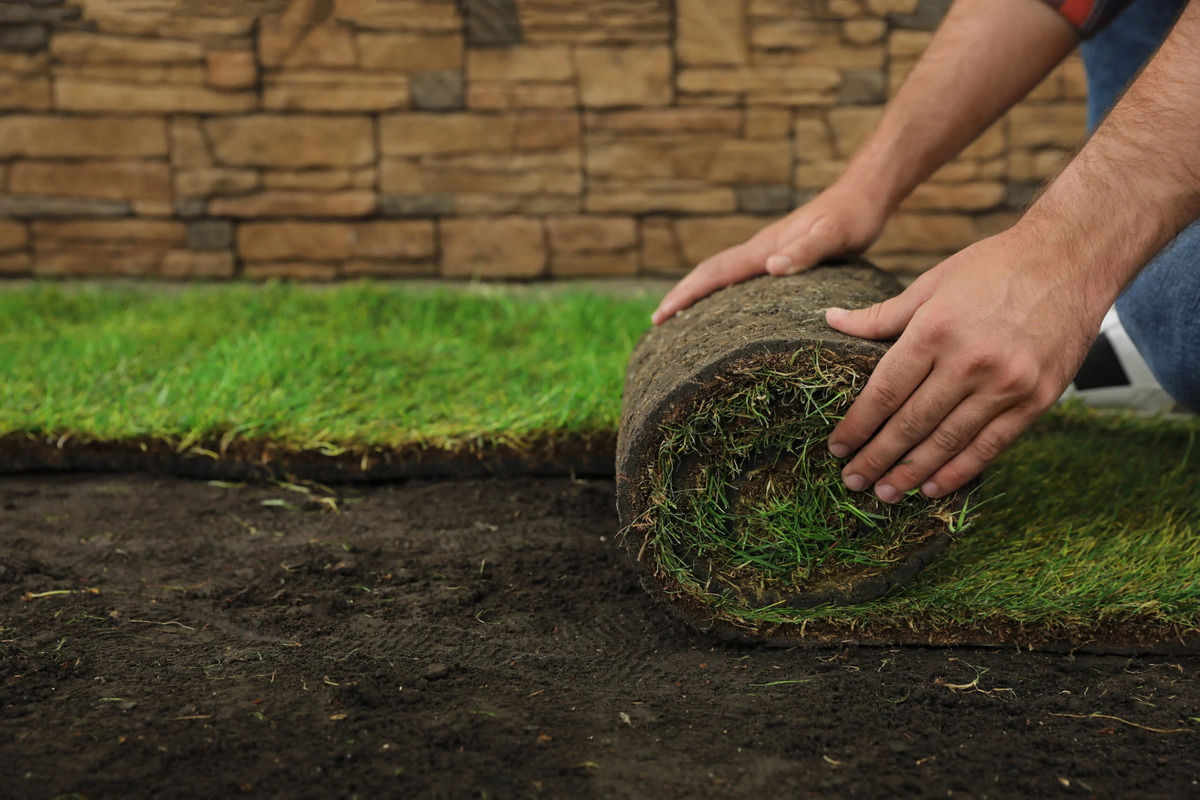
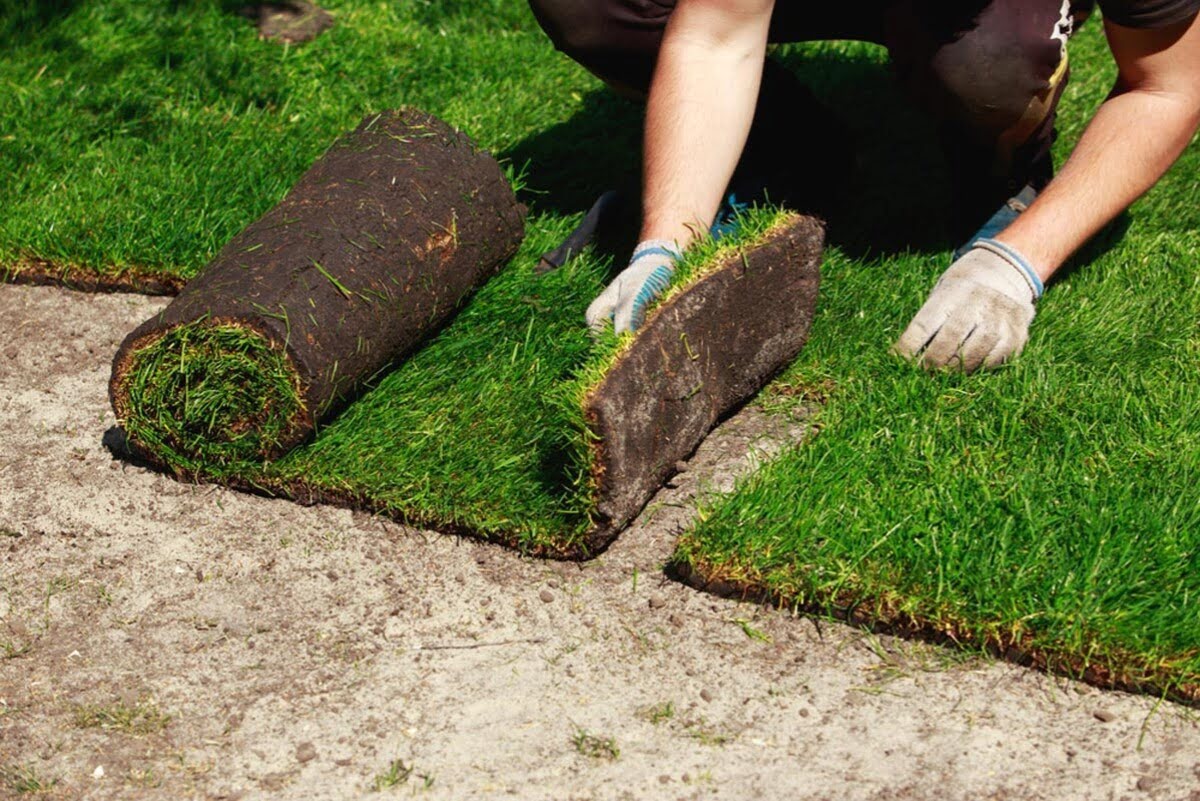
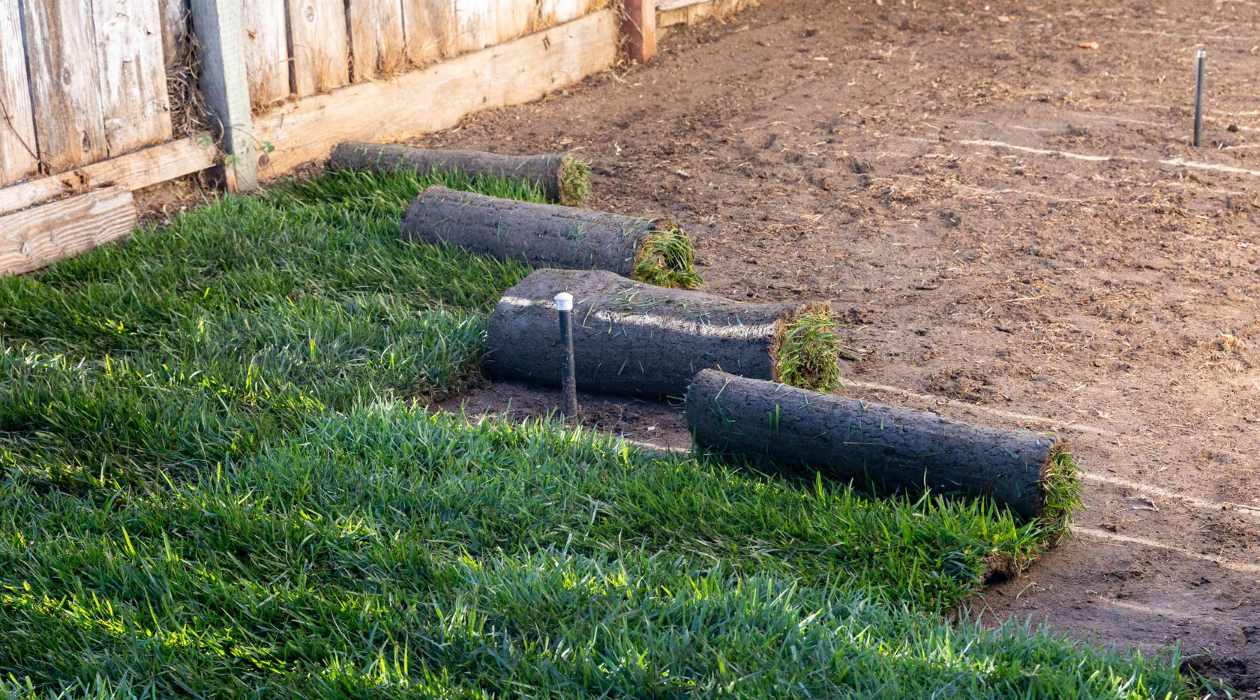
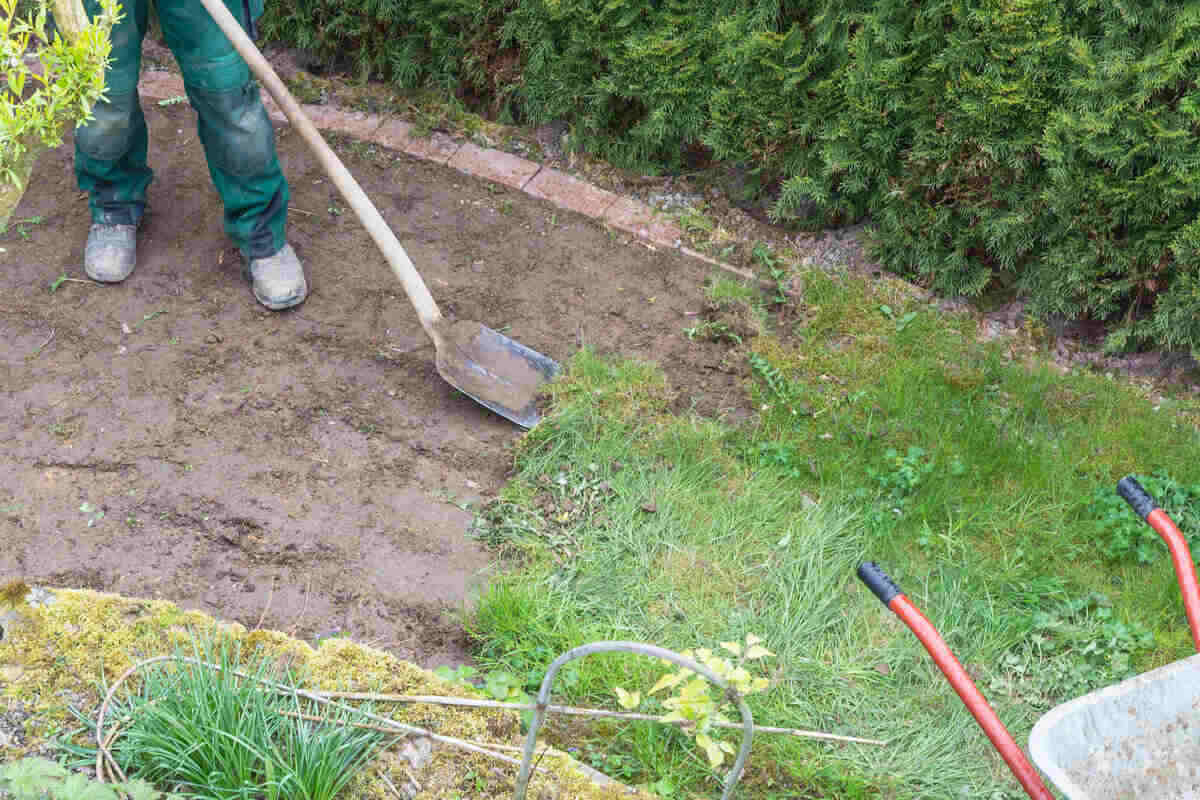
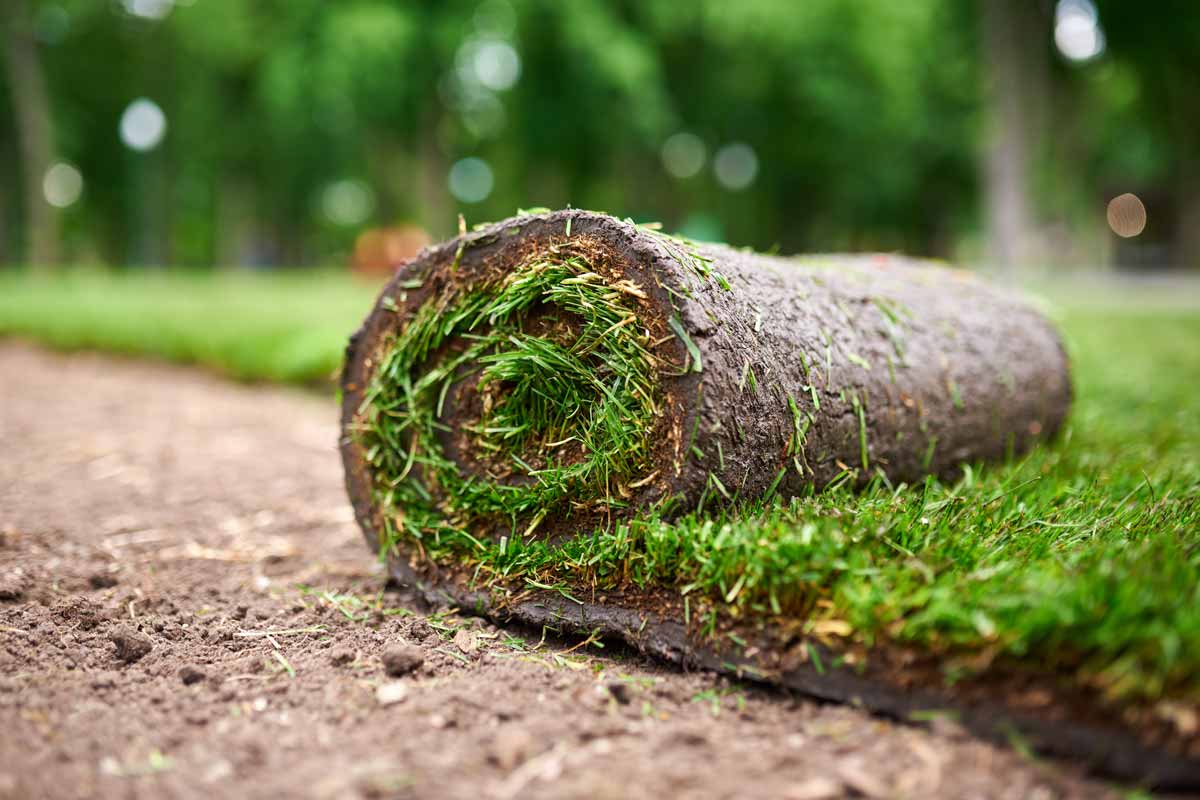
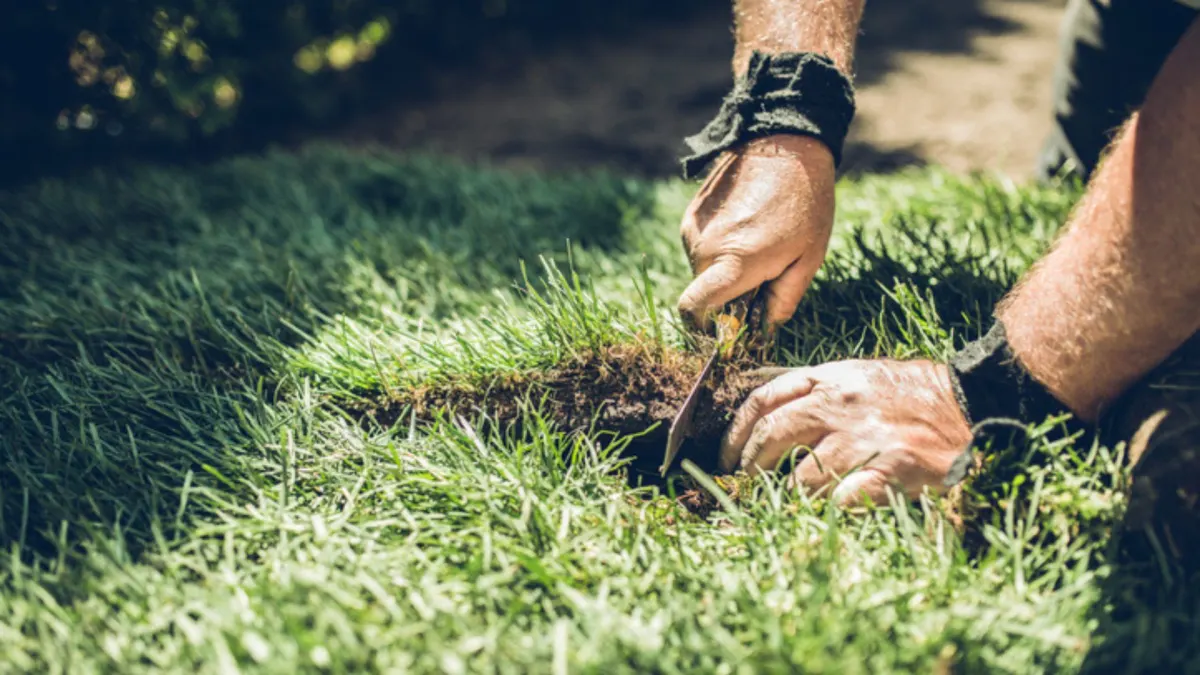
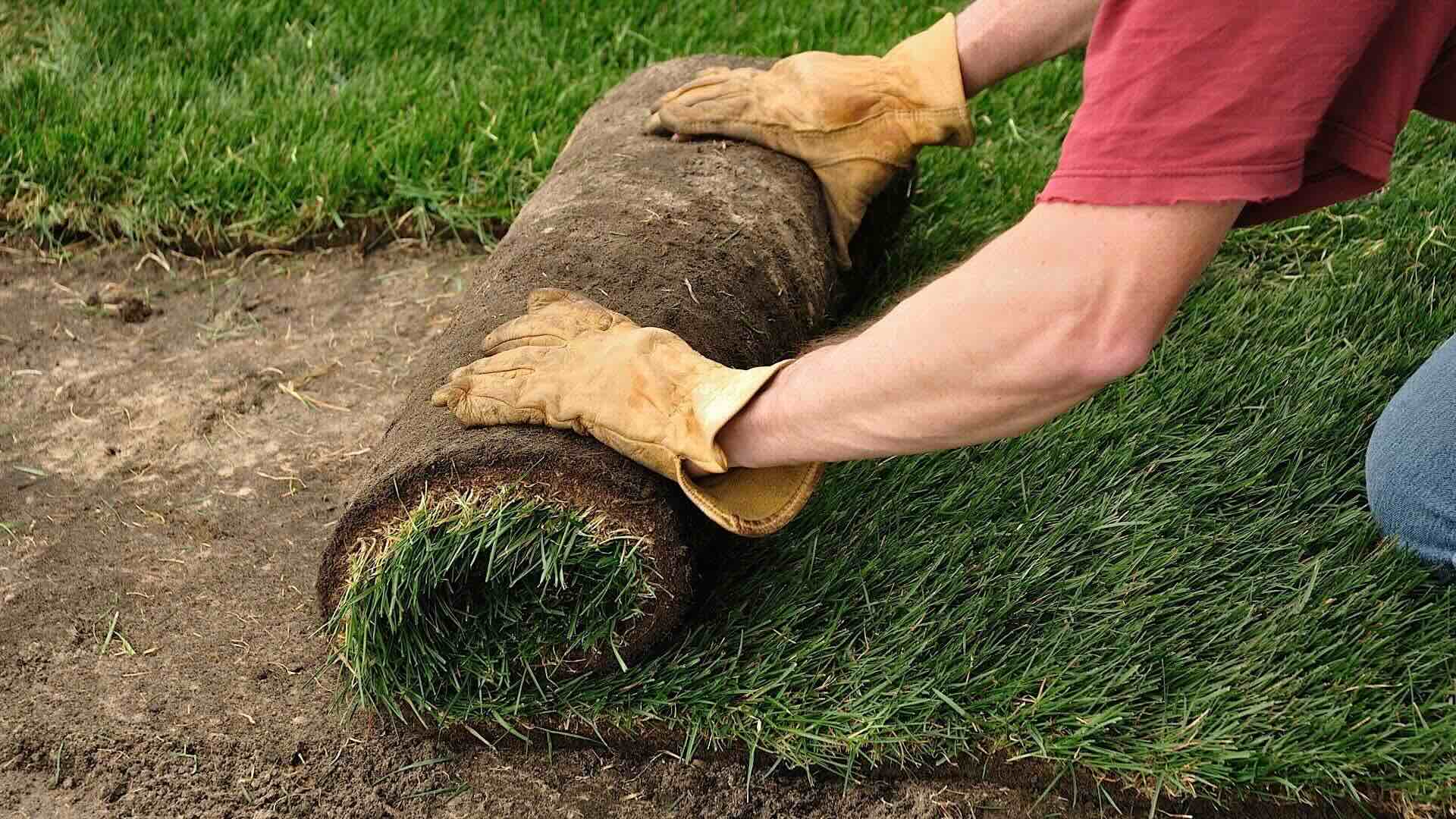
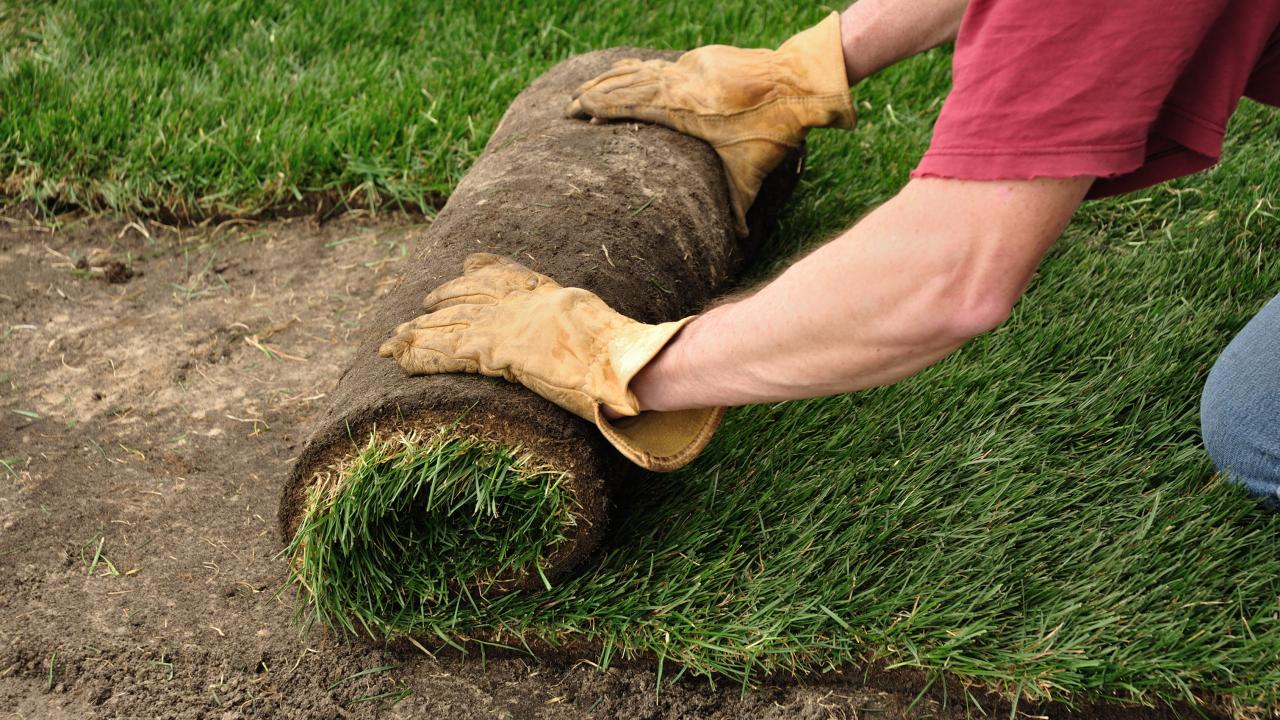
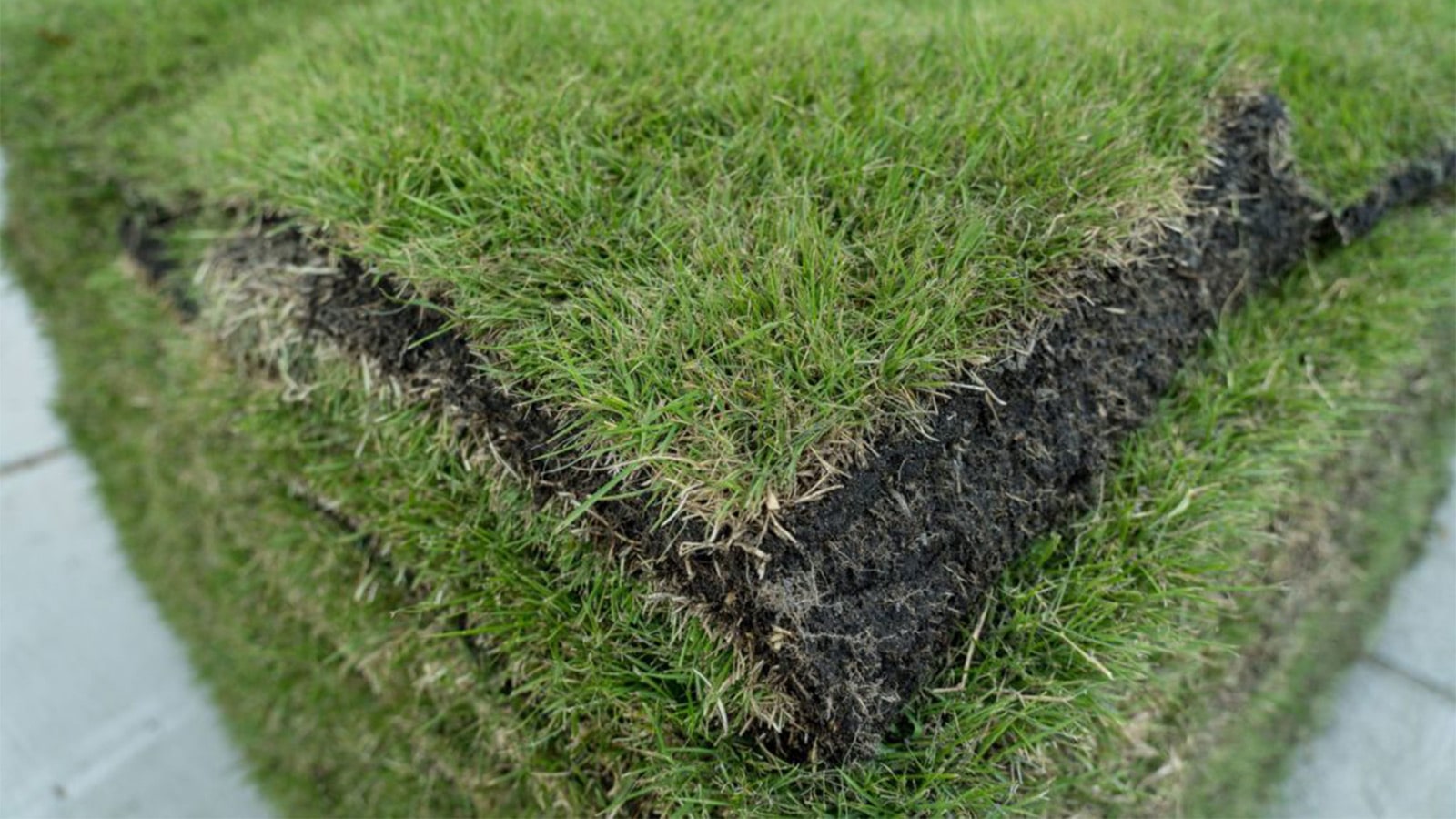
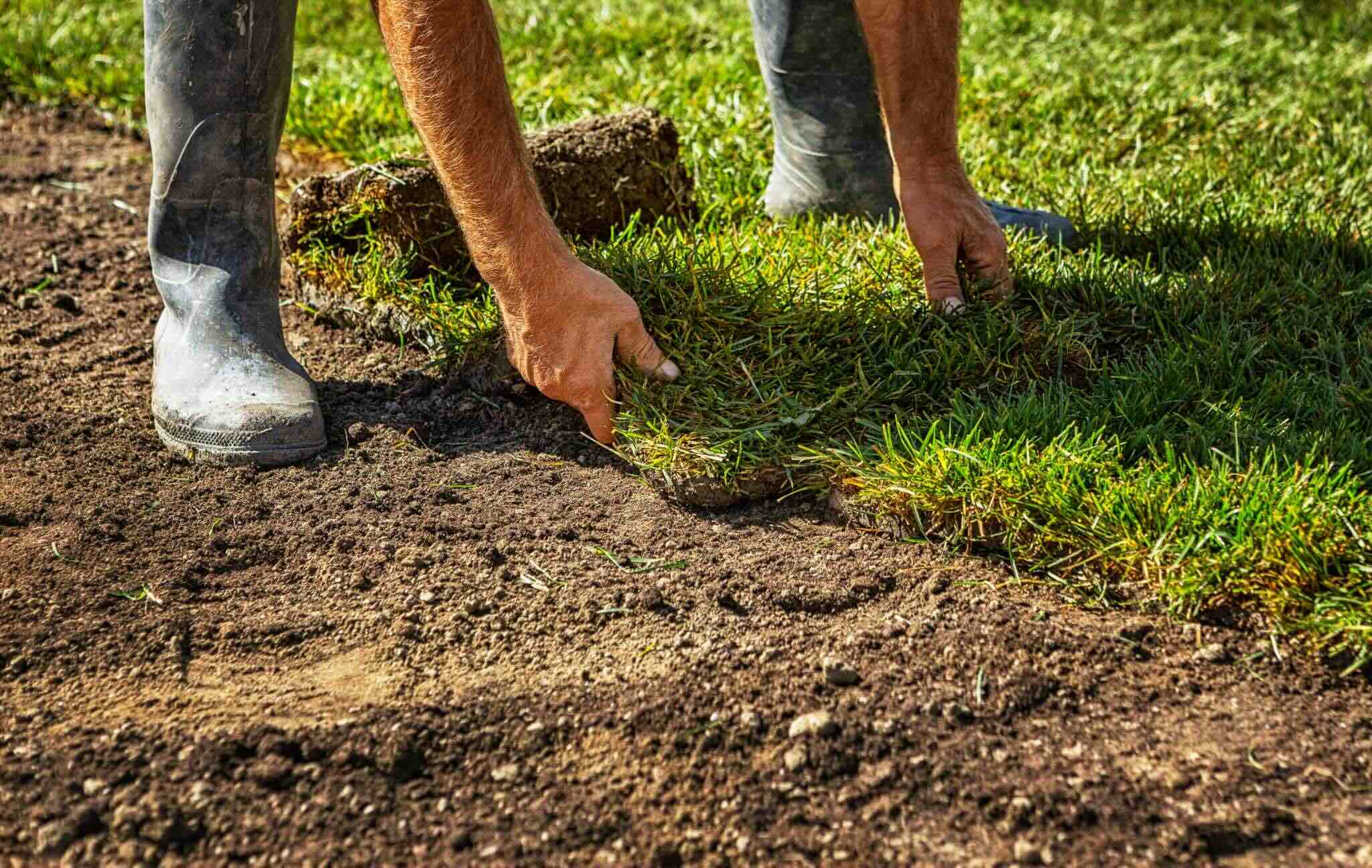
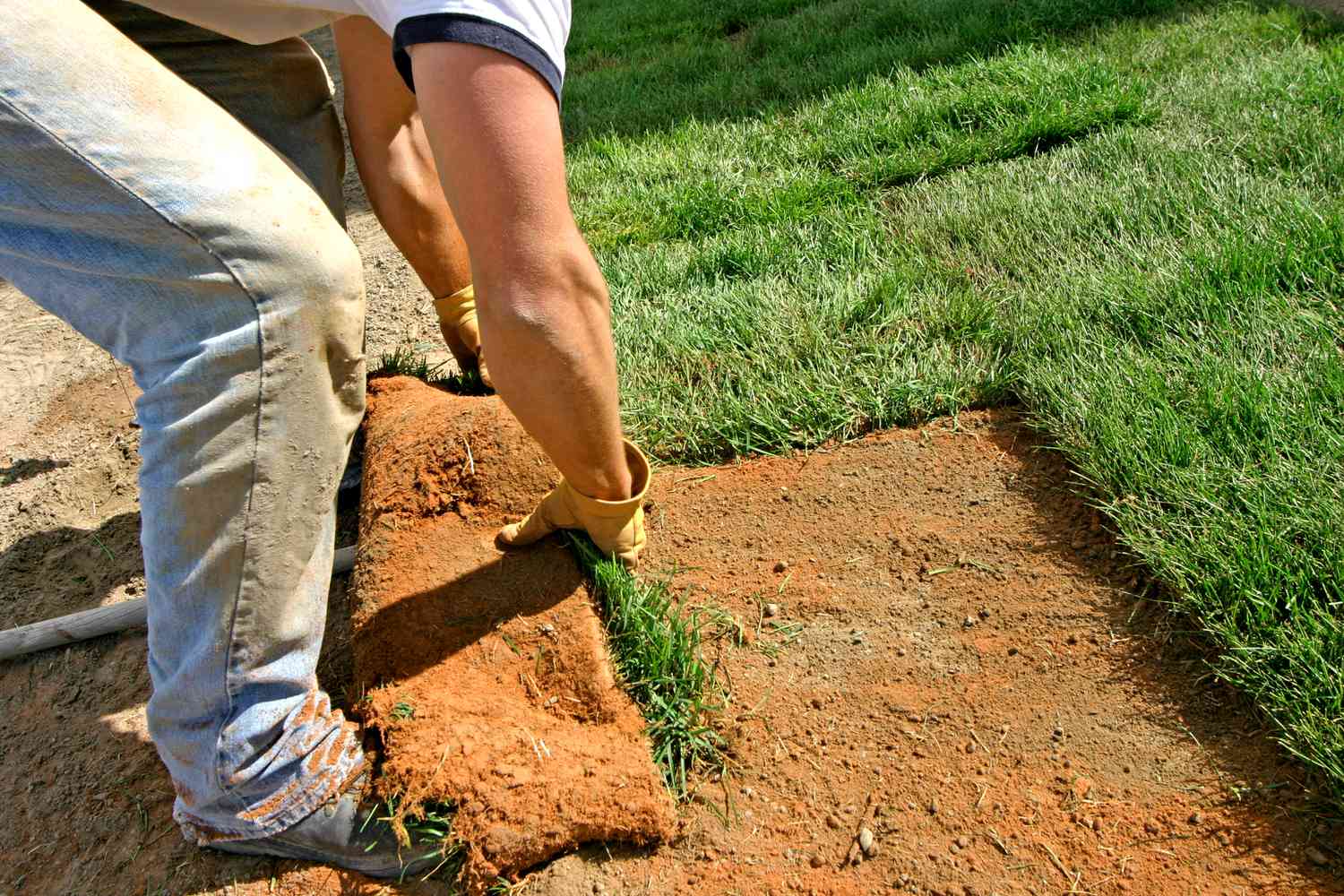
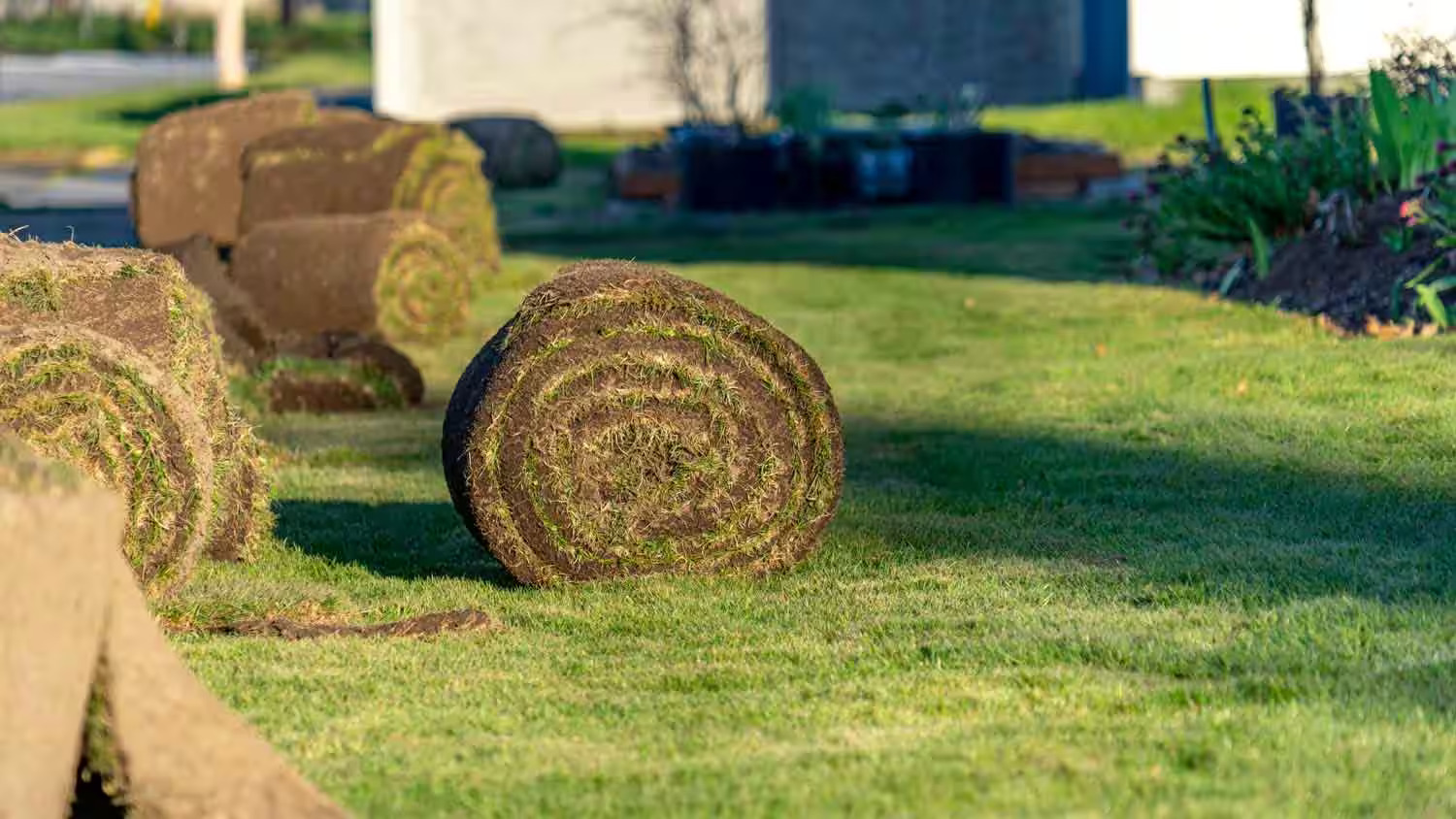
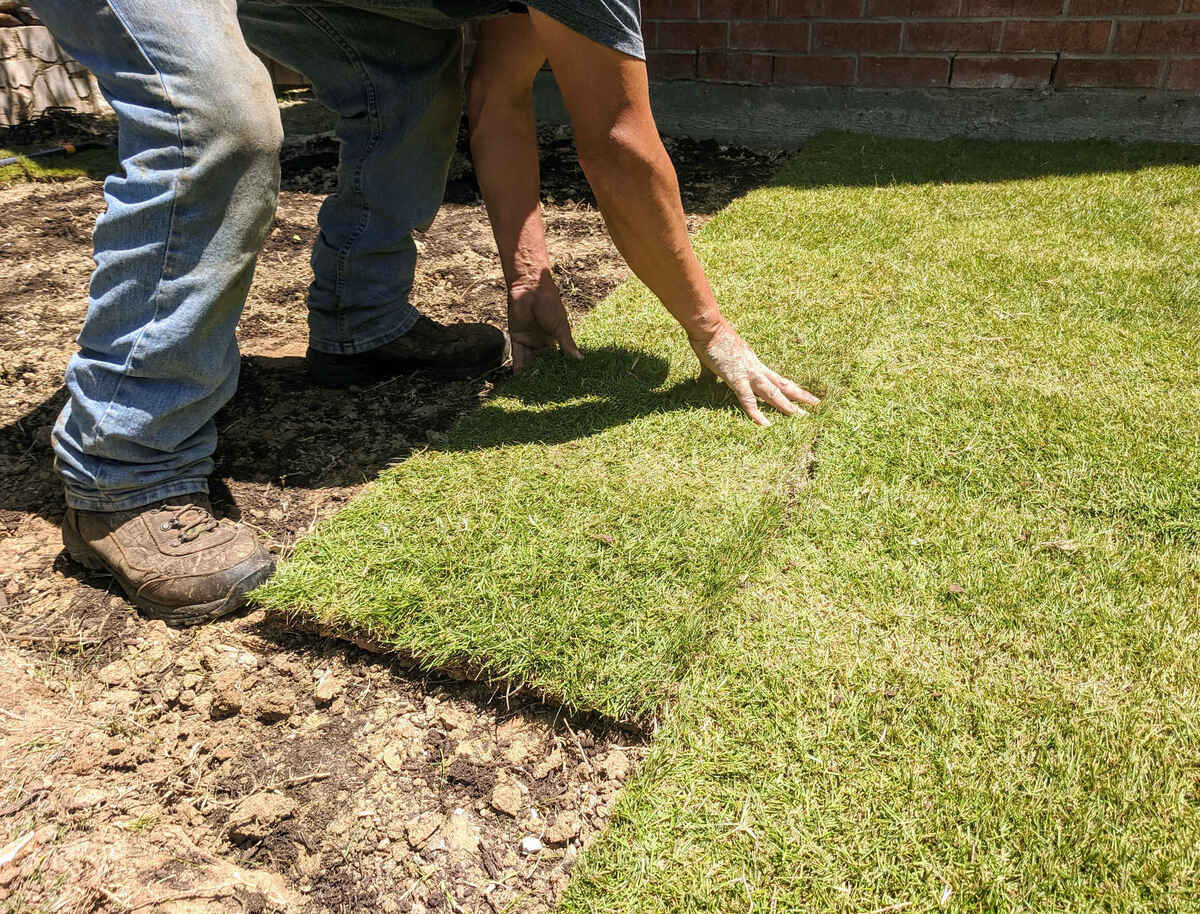

0 thoughts on “How To Care For Sod Grass”